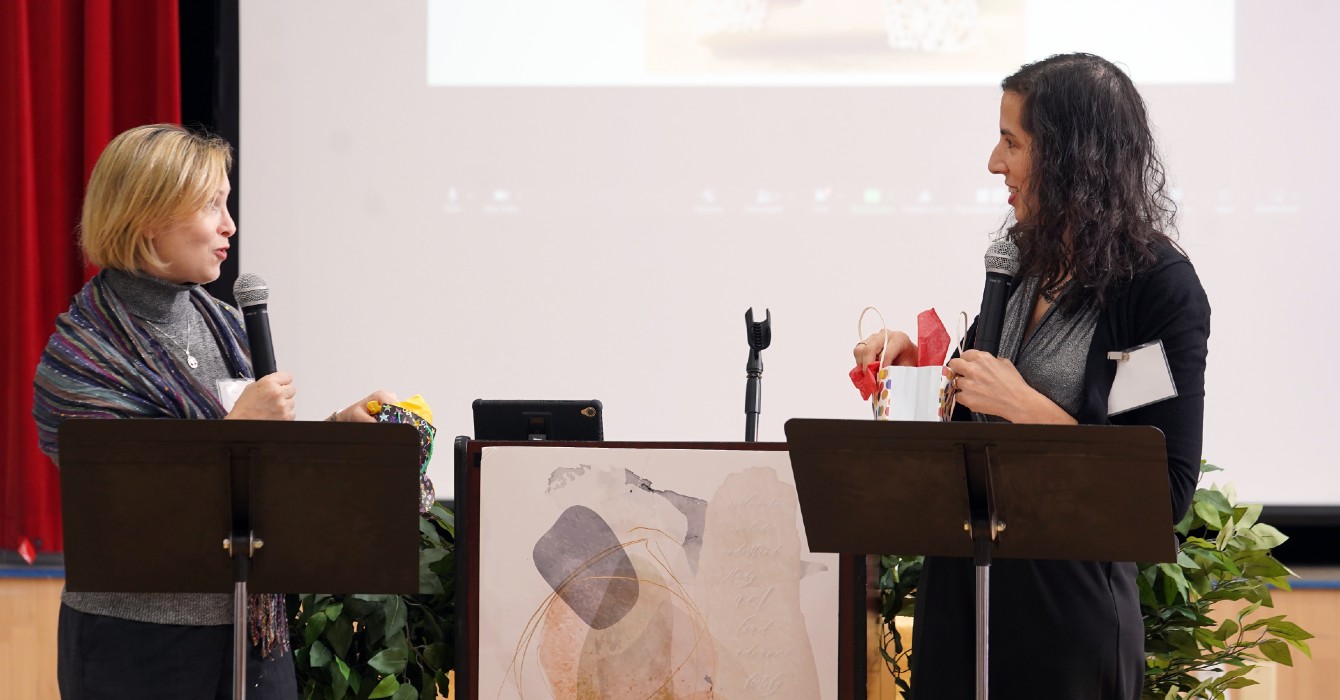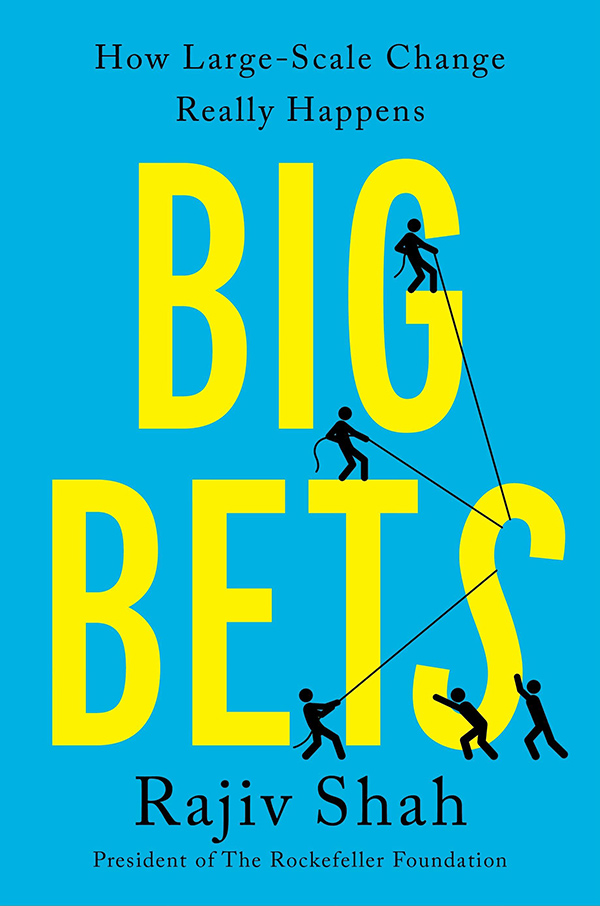Geography is as important to a community’s economic success as ever, says a professor of economics at the University of California, Berkeley.
But today’s thriving communities aren’t necessarily determined by the river, timber or natural resources that once determined a city’s economic fate.
Instead, Moretti says, cities such as San Francisco, Boston and Durham are “brain hubs,” with economics driven by an abundance of human capital and highly innovative employers.
And even people working outside the “innovation sector” benefit from its effects, he says: for each new innovation job in a city, five additional jobs, both skilled and unskilled, are created outside that sector.
 Over the past 30 years, this trend has created three Americas, he argues. In his book "The New Geography of Jobs," he writes that at one extreme are the brain hubs, which continue to grow and attract jobs. At the other extreme are declining communities based on traditional manufacturing. And the rest of America, he says, could go either way.
Over the past 30 years, this trend has created three Americas, he argues. In his book "The New Geography of Jobs," he writes that at one extreme are the brain hubs, which continue to grow and attract jobs. At the other extreme are declining communities based on traditional manufacturing. And the rest of America, he says, could go either way.
Moretti spoke to Faith & Leadership about his research and his advice for communities seeking to grow and thrive in the 21st century. The following is an edited transcript.
Q: What’s the central argument of your book?
My book looks at the economic fortunes of American communities over the past 30 years and also tries to predict what we might expect in the next 30 years.
What we see is that there’s been an increasing divergence in the economic fortunes of U.S. communities, with some communities attracting more and more good jobs in high-paying sectors, and employers that provide good working conditions, and other communities falling behind. The gap between the first group and the second group has been increasing for the past 30 years.
The communities that have been doing the best -- places like Raleigh-Durham, D.C., Boston, Austin, Texas, Seattle, San Francisco, San Jose and many other places like that -- have in common two things.
First of all, they have a very highly educated labor force. In particular, the share of workers with a college degree or a master’s degree is at least 40 percent of the labor force.
Second, there’s a very large number of highly innovative employers, which means employers who make things that are unique and new and cannot be easily outsourced tomorrow.
This combination of innovation and education, it’s really the key predictor of the community’s economic success, and it’s likely to continue.
The trends are not weakening. In fact, they’ve been accelerating for the past 30 years. And so I think looking forward, we can expect more of this divergence in the economic fortunes of U.S. communities.
Q: You talk about three Americas. What is the implication for the America that “could go either way”?
What I call the “second America,” the America that could go either way, actually includes most of the U.S. metropolitan areas, and it’s an America that could evolve to become the next Raleigh or the next Austin -- you know, major success stories of the past 30 years. These cities were not much of an economy 30 or 40 years ago, and they’ve grown into global innovation centers.
Or it could evolve into the next Flint or Detroit, where population is shrinking and wages are declining.
The two indicators that are going to determine whether a community becomes one or the other are going to be the education level of the workforce and the presence of innovative employers. Not necessarily high-tech employers. It could be any industry, but the key is that they need to be innovative. They need to invest in innovation and make products or services that are unique.
Q: You have a line that you say in your book more than once, which is that all innovation is local. What do you mean by that?
What I mean is that we’re living in an era of costless communication. We can have access to all the information of the world from our desktop computers. We can contact anybody in the world by email, Skype. We can communicate, and you’d expect that it doesn’t really matter where you are.
If you want to be innovative, you can sit in Tibet or in Africa or in Mobile, Ala., and still have access to the same amount of input and innovative stimuli as if you were in the middle of Silicon Valley. But the reality is that it still matters where you are.
The best ideas often arise from face-to-face interaction, from people really communicating in person, and there’s a growing body of evidence that suggests that this local link is actually becoming more and more important, and it’s not going away.
So even if we can communicate at zero cost with pretty much any corner of the world, the importance of this human contact is actually larger than ever.
Q: You would think that this value from technology would rise evenly across the country. So what does geography have to do with it?
It’s interesting, isn’t it? I think it’s one of the great paradoxes of our time. Although technology is evolving at increasing speed, humans are not changing all that much. The way new ideas are forged is pretty much what it used to be.
In fact, the importance of face-to-face contact, human contact -- it’s not declining.
It’s great to manage a project from a distance if you have Skype. It’s great to have access to all the information from your desktop.
But when it comes down to coming up with a new idea, a new product, a new service, with a new disruptive technology, there’s nothing that beats a bunch of engineers sitting around a table face to face and discussing what to do next. And that’s exactly what it used to be 100 years ago. All the technology is not changing this fundamental fact.
Q: You also argue that the presence of innovation industries helps everyone in a community, not just those who work directly in those industries.
It’s one of the most interesting and also one of the most important implications of the argument, because even in the “first America” communities -- the Raleighs, the Seattles, the San Franciscos -- the people who work in innovation are just a small fraction of the overall workforce.
Most people work in local services. About two-thirds of the U.S. workforce works in local services, and the reason why innovation’s so important is because the growth of jobs in innovation generates a very important job multiplier effect on other parts of the local economy.
What my research shows is that a community that attracts jobs in the innovation sector ultimately generates jobs outside the innovation sector. One innovation job ultimately generates five jobs in the local services sector.
They benefit a fairly diverse group of workers. Some of the jobs are professional jobs. Think about lawyers and architects and real estate agents and teachers and nurses -- basically, all the people who provide services to this incoming innovation workforce.
Additional jobs grow up in nonprofessional occupations -- waiters and taxi drivers and carpenters and construction workers and retail workers. They also benefit in terms of higher wages.
So, in my view, it’s the most important part of the story, because it really explains why these communities are prospering. They’re prospering not just because innovation’s growing but also because all the other sectors of the economy are growing as a consequence.
Q: What’s the effect on the nonprofit sector?
I’ve done research on how the nonprofit sector benefits from the growth of the innovation sector, and I’ve found that, not surprisingly, the local charities benefit tremendously from the presence of headquarters in the innovation sector in the community.
In particular, I’ve estimated that for each headquarters in a city, local charities benefit in terms of $10 million in additional donations annually in that city. And not only that, but when the companies belonging to those headquarters grow, the charity donations tend to grow even more.
Basically what I’m saying is that when the economic tide rises, that benefits everybody. It benefits the poor directly because it creates more jobs, and also indirectly through the additional resources provided to local charities, which then are spent to support the poor.







